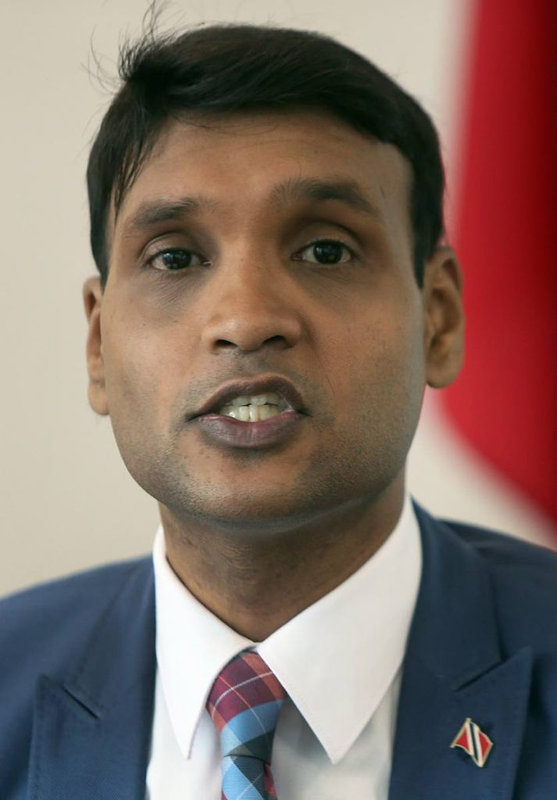Trinidad and Tobago stands at a pivotal moment in its history, marked by an escalating political divide that has seeped into the fabric of everyday life. The national flag, once a proud symbol of unity, now serves as a poignant representation of the current state of affairs, depicted torn in half with two figures yelling across the chasm. The imagery encapsulates the deepening polarization that characterizes the nation’s political, social, and cultural landscape.
This division is not merely theoretical; it manifests daily in media discourse, community interactions, and online conversations. As political parties gain unwavering loyalty from their supporters, citizens are increasingly choosing allegiance based on tradition and identity rather than substantive policy or performance.
“I just can’t understand how people can’t see the truth about our party, it’s all about the people, not the politics,” said a devoted supporter of one political faction, illustrating the fervent loyalty that keeps many entrenched in their beliefs. Conversely, another citizen expressed frustration, saying, “It feels like we’re losing our country to a never-ending rivalry. When will we start to think about what’s best for Trinidad and Tobago?”
Social media platforms have become battlegrounds for these factions, with users often engaging in heated exchanges that further entrench their views. The rhetoric has heated up, with each side accusing the other of betrayal and ignorance. This culture of division not only stifles constructive discourse but also sows discord within communities that were once united.
As the country grapples with this growing fracture, important questions loom large: Can Trinidad and Tobago overcome this divide? What will it take for unity to trump tribalism? And what are the risks of continuing down this path where political loyalty eclipses national interest? The answers remain unclear, but the stakes are undeniably high for the future of the nation.


